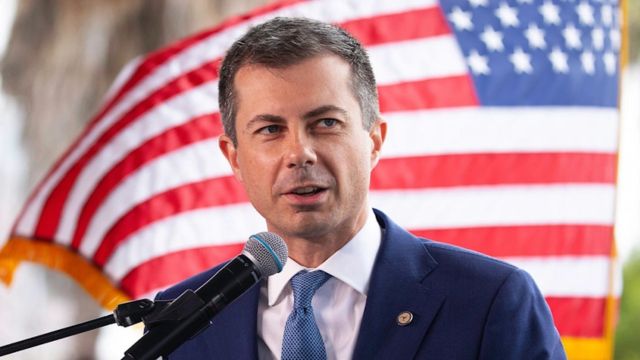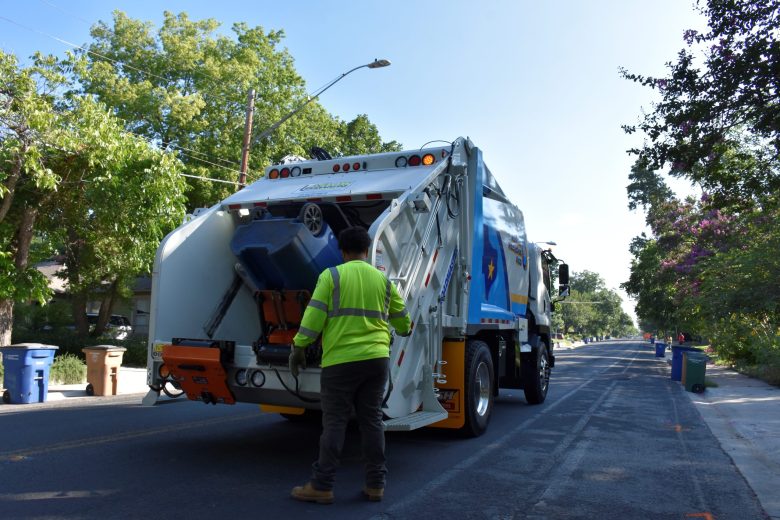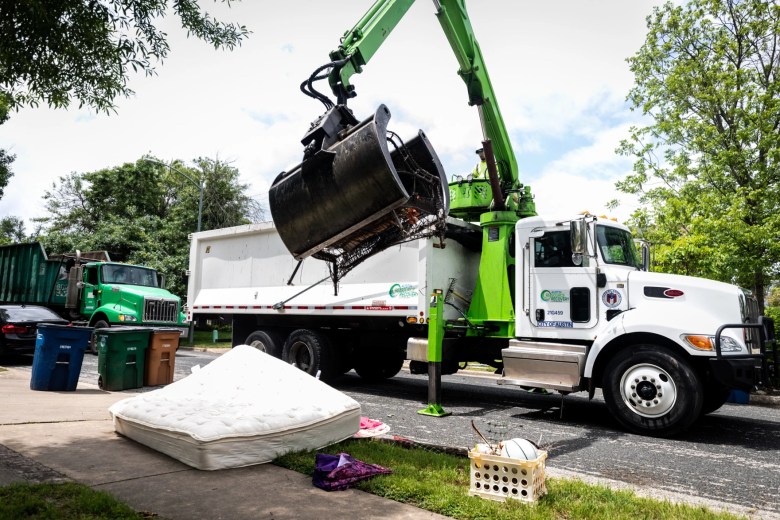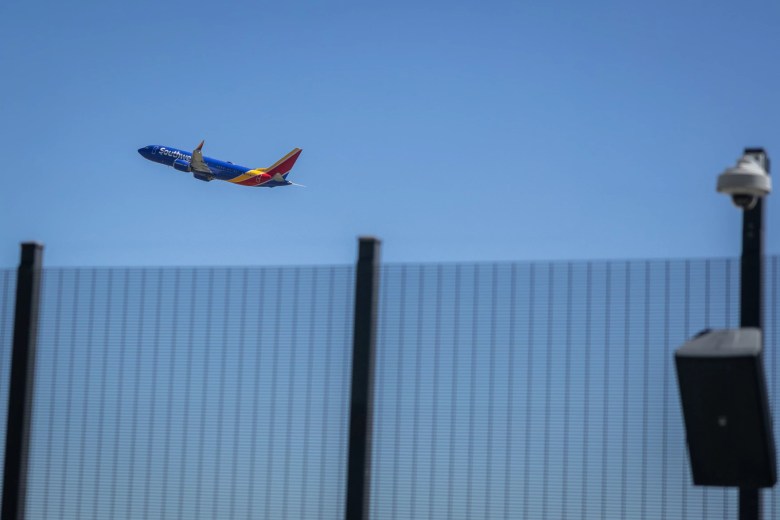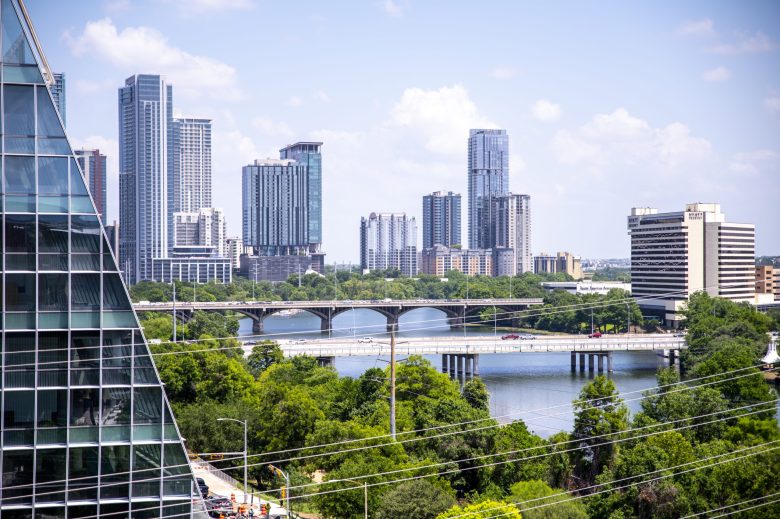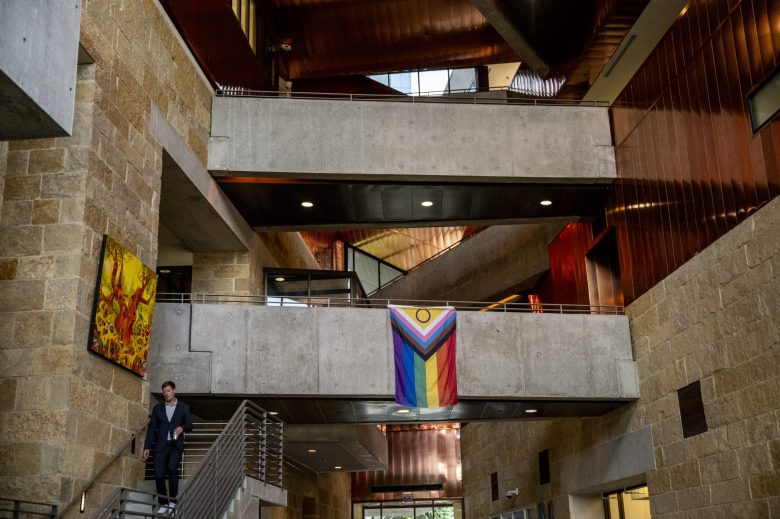On Monday, Gov. Gavin Newsom’s office said that he is asking the state Legislature to approve an extra $2.8 billion in funding for Medi-Cal through the end of the current fiscal year. This comes just a few days after he told lawmakers that he took out a $3.4-billion loan to cover Medi-Cal costs through March.
The funding decisions show that Medi-Cal spending is up to $6.2 billion more than the state expected from last summer. This is happening at a time when California is paying more than expected to cover undocumented immigrants, have more people sign up for the program, and cover higher pharmacy costs.
There was no information from the governor’s office about how much of the new Medi-Cal cost is due to unexpected costs of giving illegal immigrants state-sponsored health insurance. The Newsom administration said in February that the cost of giving all income-eligible immigrants, regardless of residency status, health insurance had gone up to $9.5 billion in state and federal funds, which was more than $3 billion more than what they thought it would cost in June.
Republicans have criticized the rising costs, which has put more pressure on Democrats to think about cutting back on the program. This is because the state is expecting cuts to federal funds and other economic headwinds that could make budget talks this year more difficult.
A spokesperson for the governor, Izzy Gardon, said, “Given the tough fiscal choices that lie ahead, Gov. Newsom, along with Speaker Robert Rivas (D-Hollister), Pro Tem Mike McGuire (D-Healdsburg), and others, will look at plans to cut long-term spending, including in Medi-Cal, while working to protect the core health and social services that Californians depend on.”
In order to pay for President Trump’s $4.5 trillion in tax cuts, Republicans in Washington are thinking about making big cuts to Medicaid, which is the federal government’s health insurance program for people with low incomes.
Medi-Cal is a state program that helps about 15 million low-income Californians and half of the state’s children get health insurance. It mostly gets its money from federal Medicaid. Medi-Cal is paid for by more than two-thirds of all government money that the state gets, or $100 billion.
It’s still not clear how much Medicaid funding will be cut, and it’s not possible to say for sure how bad the cuts will be for California. Republicans in the House have proposed cutting the federal government by $880 billion. A big chunk of that money would have to come from Medicaid, but Republicans have said they don’t want to cut funding for the health program.
The Newsom administration is also waiting for the economic effects of Trump’s tariffs, which could have an effect on state income, as well as for changes in the stock market, which could have an effect on tax collections that pay for state programs.
While it is true that Medi-Cal costs have gone over budget in the past, the governor’s office has responded to Republican claims that the only reason for the overrun is California’s decision to cover low-income immigrants regardless of residency status, which took full effect in 2024.
In 2014–15, program costs were $79.5 billion. In January, Newsom proposed a budget for 2025–26 that would almost double those costs to $188.1 billion.
This year’s price increase was caused by more people signing up than expected, an older population, and rising healthcare costs across the country, according to Newsom’s office.
The governor’s office said that Newsom thinks lawmakers will vote in April on his request for an extra $2.8 billion in Medi-Cal cash so that the program can stay open until the end of the fiscal year in June.
The head of the California Department of Health Care Services, Michelle Baass, said at a budget hearing on Monday, “We took these steps because it is important to keep our promise to our providers and plans to make timely payments for the remainder of the current year to ensure Californians and Medi-Cal recipients get the services in the current year.”
Newsom’s office said the money will come from the general fund, which is made up of state tax money. A new report released Monday by the Department of Finance shows that tax collections through February were $4.6 billion higher than what was expected in the governor’s January budget plan.
At some point in the budget process, lawmakers will also have to pay back the $3.4-billion loan.
